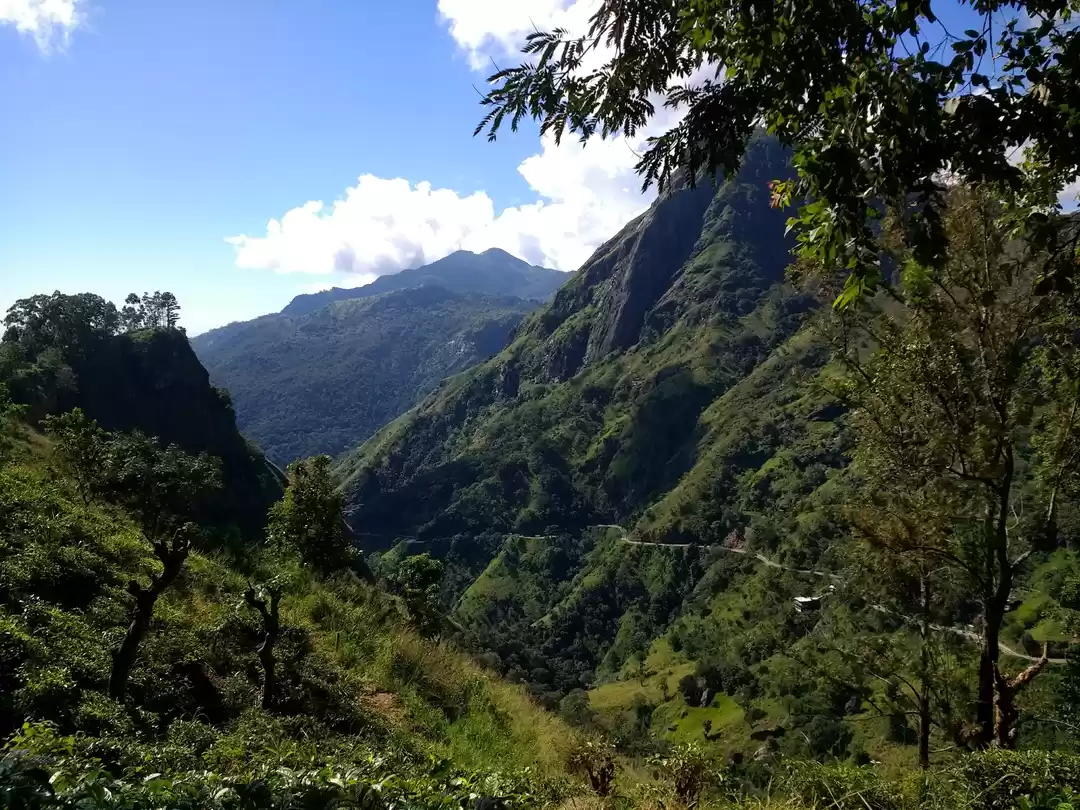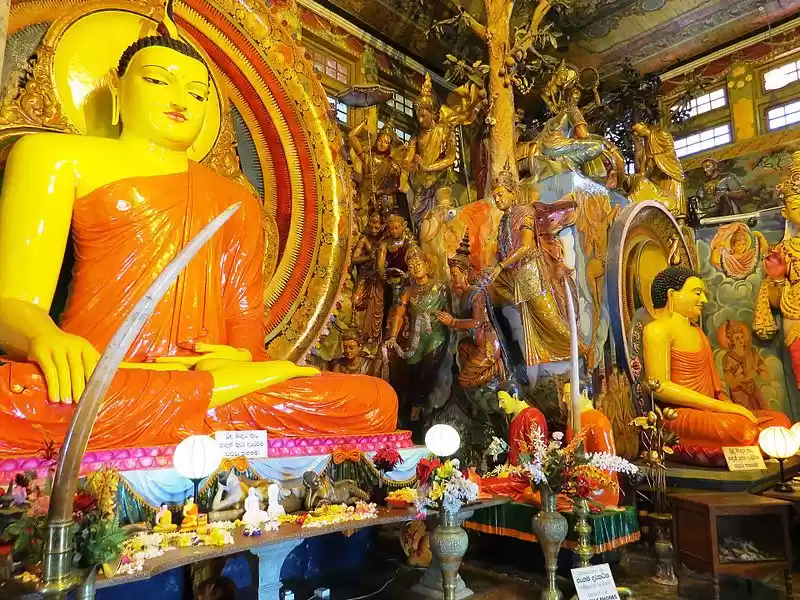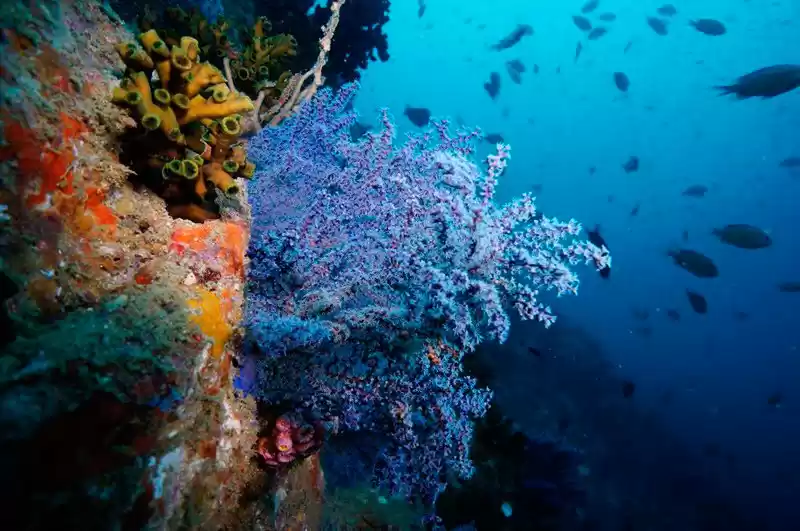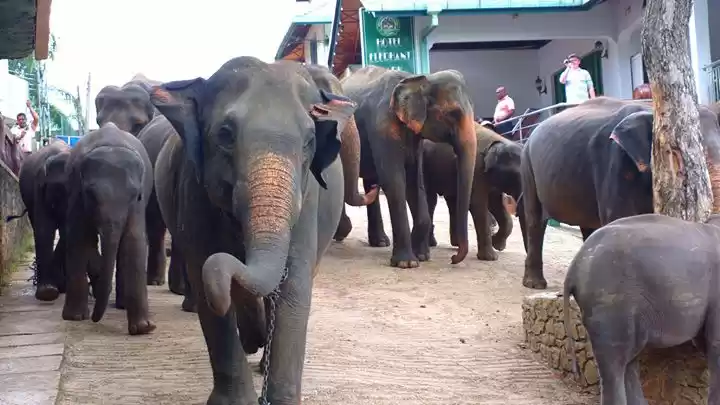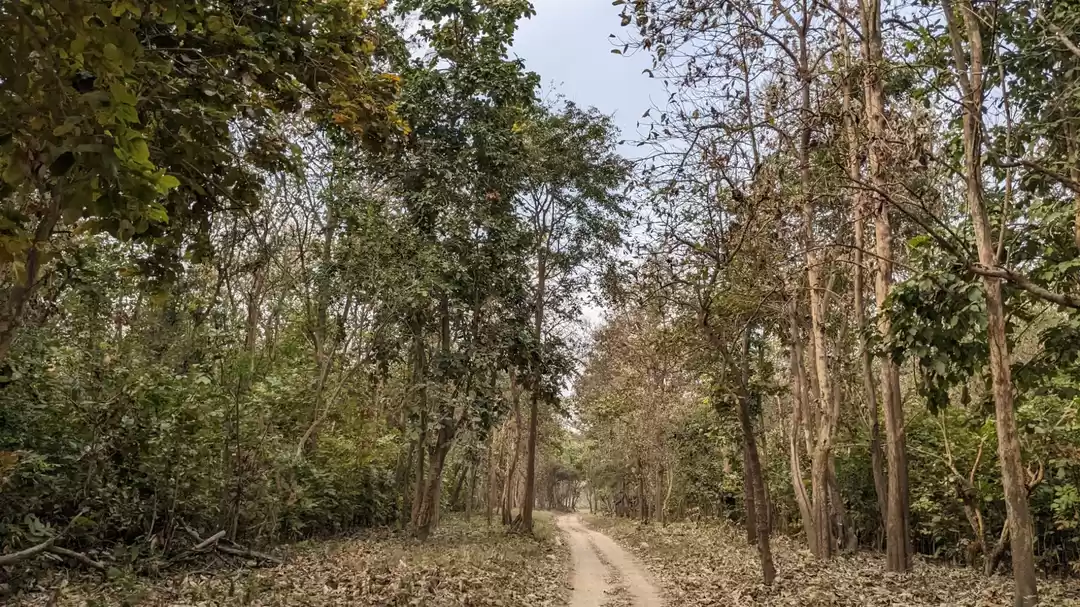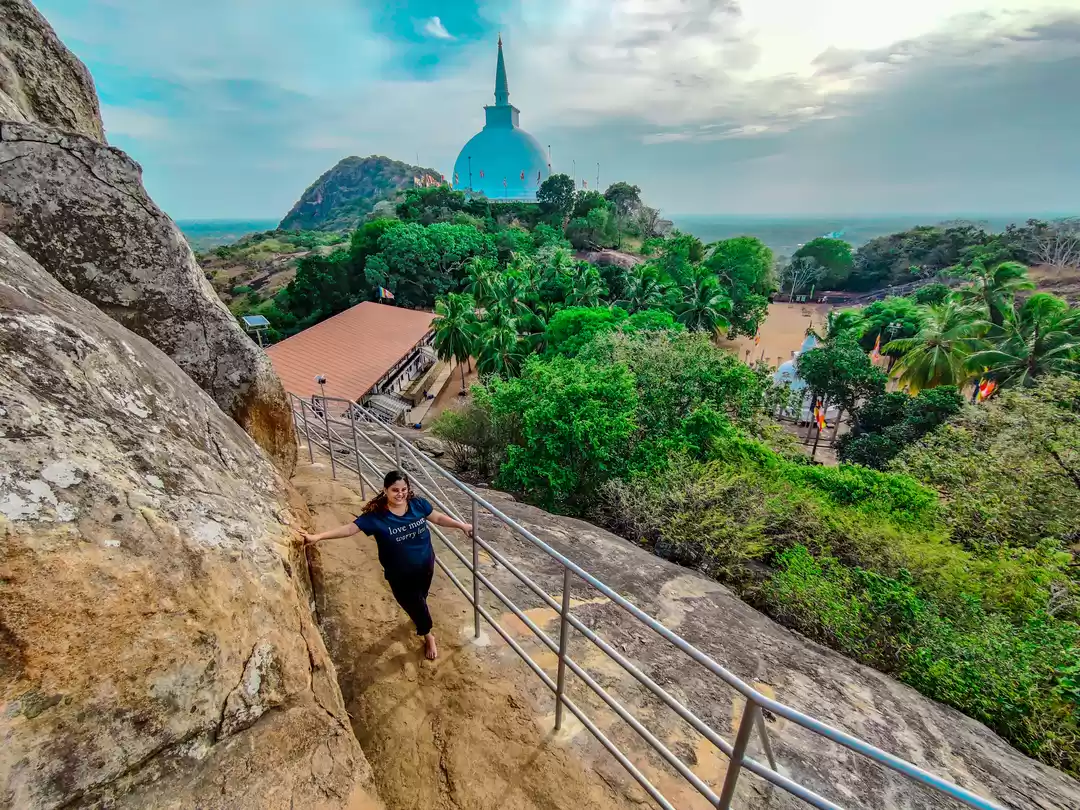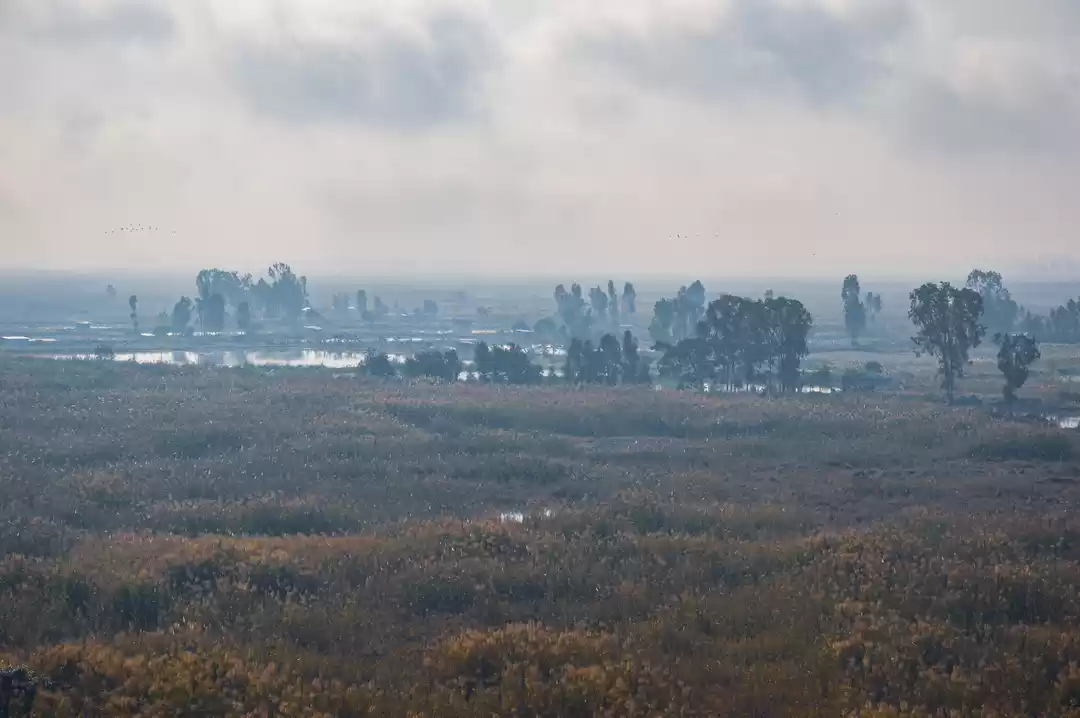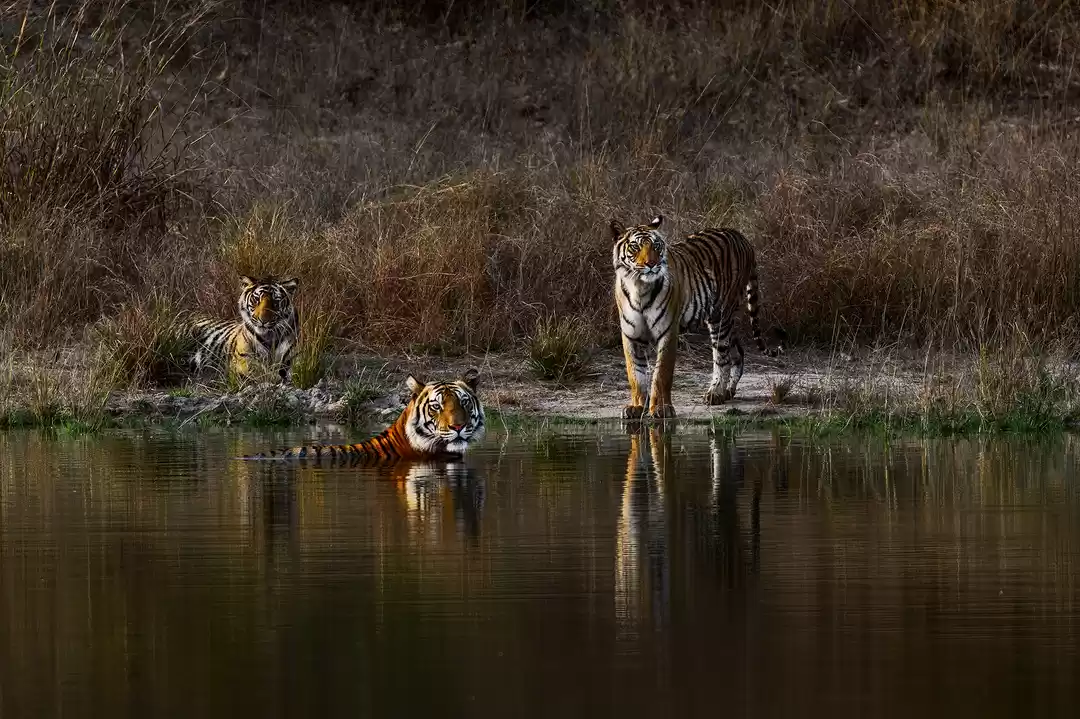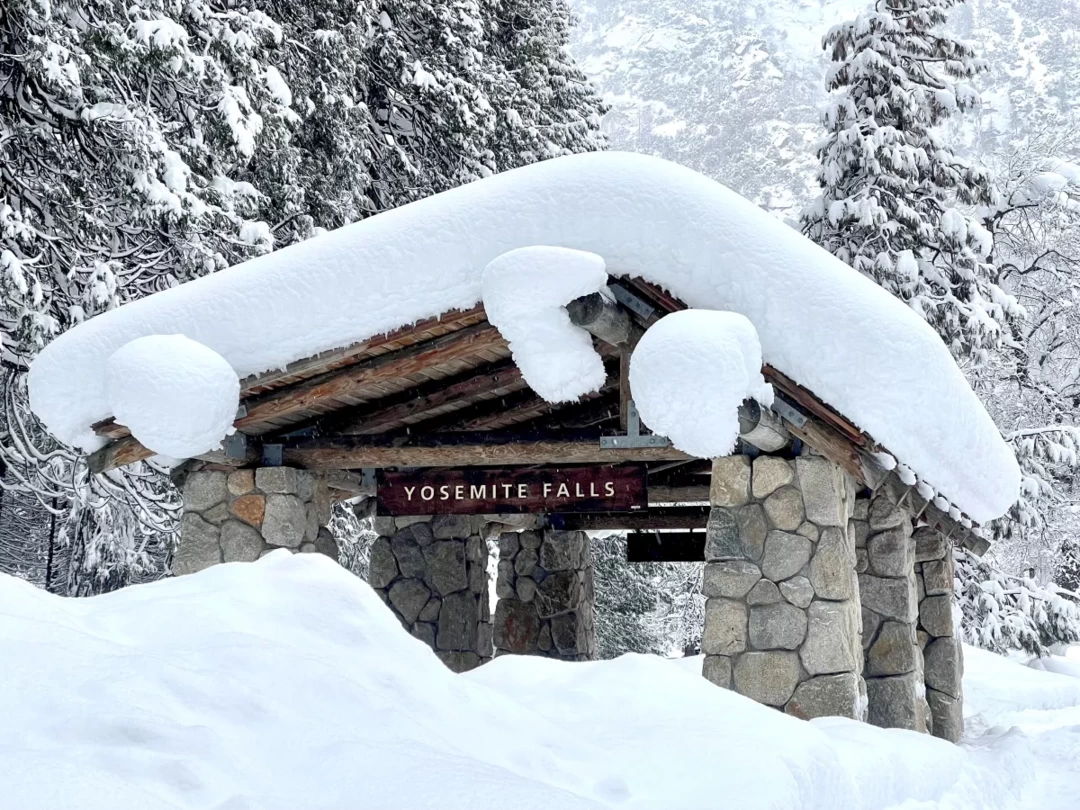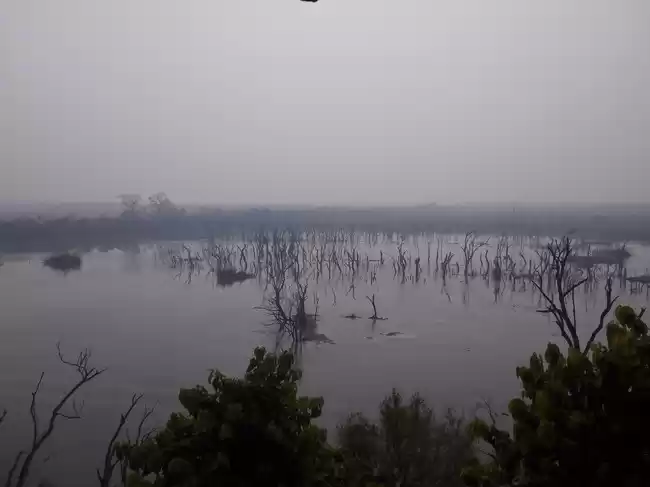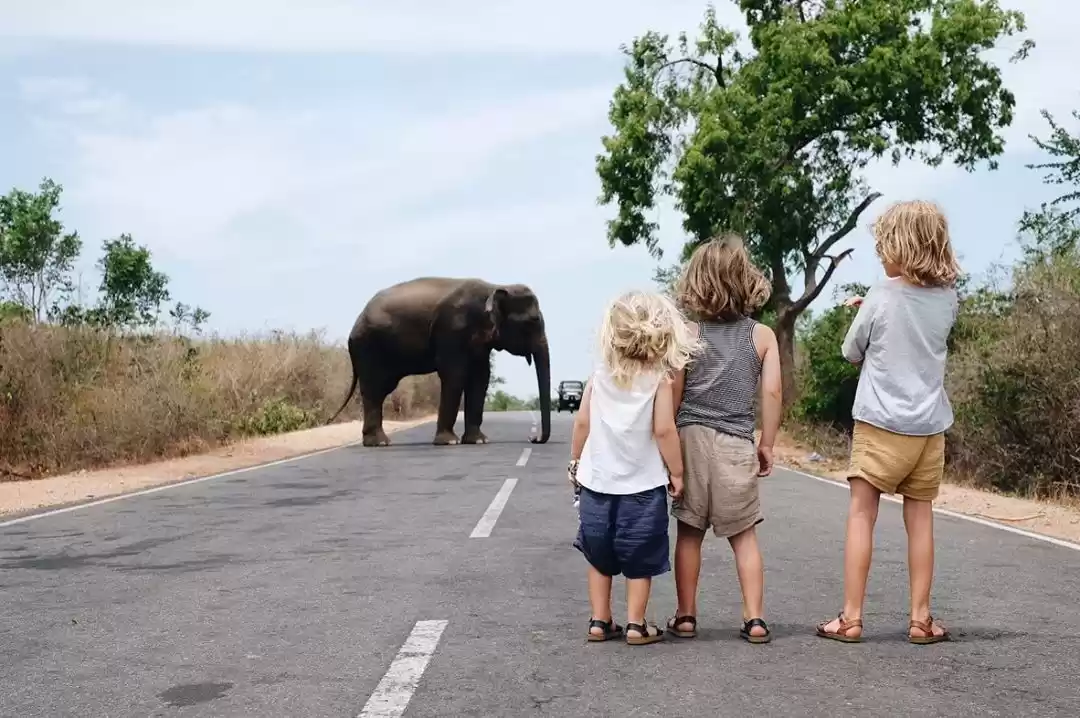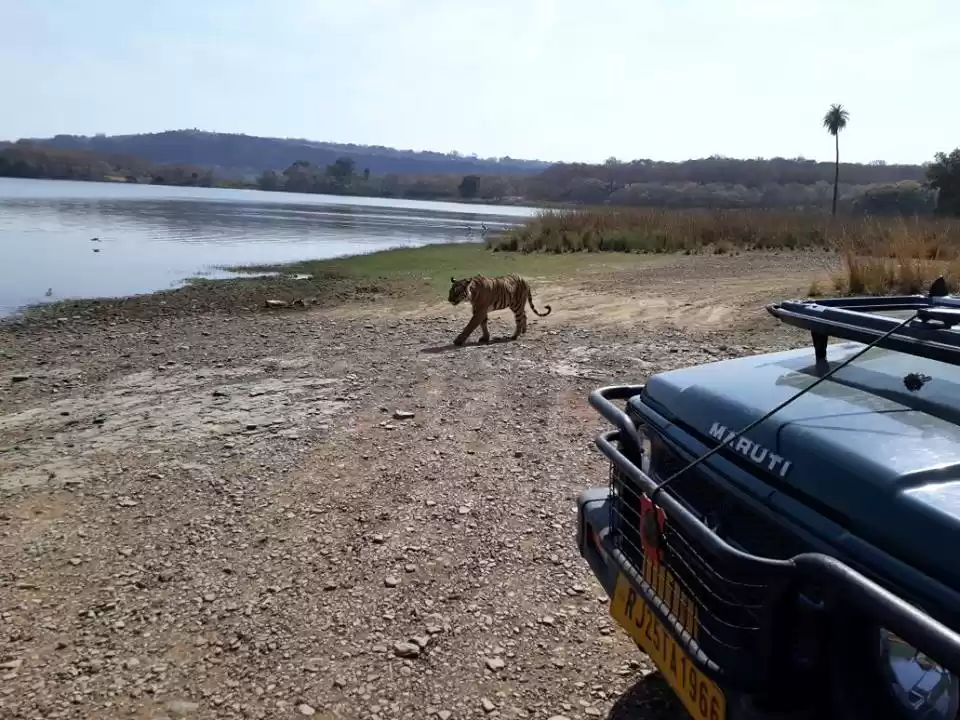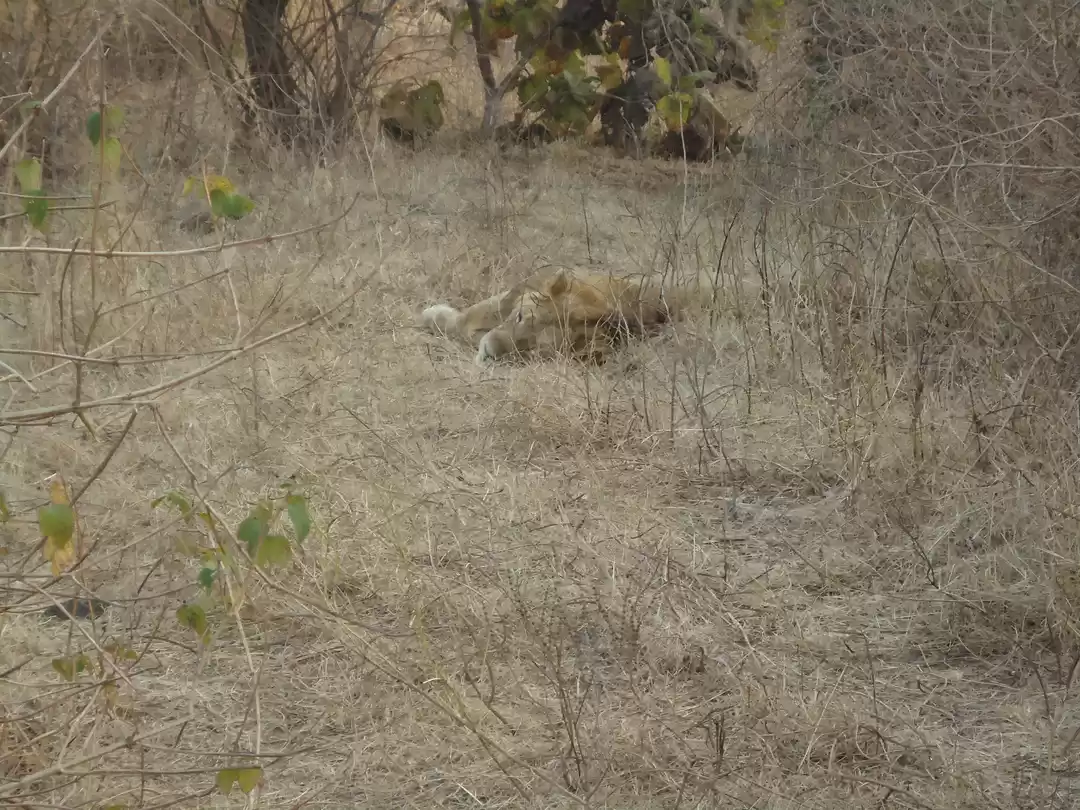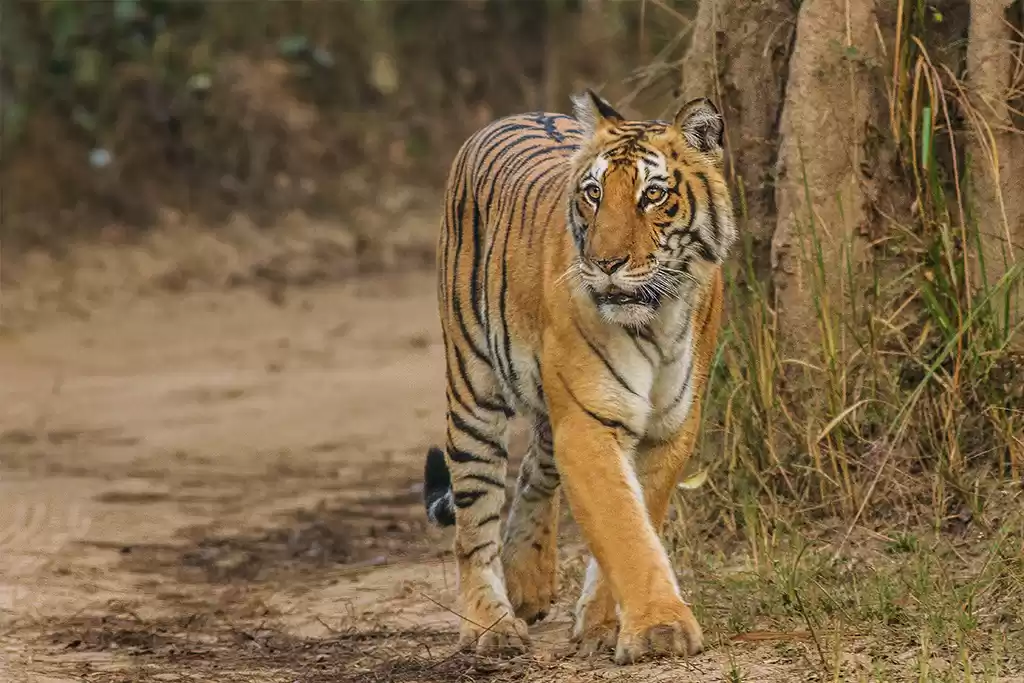Imagine witnessing hundreds of majestic elephants congregating around a serene water hole, surrounded by lush greenery and diverse wildlife. This is not a scene from a movie, but a reality at Minneriya National Park, one of Sri Lanka's most amazing natural attractions.
Minneriya National Park is a wildlife sanctuary located in the North Central Province of Sri Lanka, about 180 km from Colombo. It covers an area of 8,889 hectares and is centered around the ancient Minneriya Tank, a man-made reservoir built by King Mahasena in the 3rd century AD.
The park is famous for its annual phenomenon known as the elephant gathering, which is the largest gathering of Asian elephants in the world. During the dry season, from May to September, the water level of the tank drops, exposing fresh grass and creating a fertile feeding ground for the elephants. As a result, hundreds of elephants migrate from nearby areas to the park, forming a spectacular sight that attracts thousands of visitors every year.
But the park is not only about elephants. It is also home to a rich biodiversity of flora and fauna, including 24 species of mammals, 160 species of birds, 25 species of reptiles, and 26 species of fish. Some of the other animals that can be seen at the park are monkeys, deer, leopard, sloth bear, loris, and many more.
In this article, we will provide you with a comprehensive and informative guide to Minneriya National Park, its features, attractions, and best practices for visiting. Whether you are a wildlife lover, a culture enthusiast, or an adventure seeker, you will find something to suit your taste and interest at this park. So, read on and discover why Minneriya National Park is a must-see destination for wildlife and cultural tourism in Sri Lanka.

Best Time to Visit Minneriya National Park
The best time to visit Minneriya National Park is during the dry season, from May to September, when the elephant gathering takes place. This is the peak season for the park, as visitors flock to witness this unique and awe-inspiring event.
The elephant gathering is not only a visual treat, but also a fascinating display of elephant behavior and social dynamics. According to researchers, the gathering serves multiple purposes for the elephants, such as finding mates, establishing dominance, exchanging information, and socializing. The gathering is also a rare opportunity to see different types of elephants, such as males, females, juveniles, and babies, interacting with each other.
The number of elephants at the gathering varies from day to day, depending on the availability of food and water. The highest number of elephants recorded at the gathering was 700 in 2011. The average number of elephants seen per day is around 150 to 200. The best time of day to see the elephants is in the late afternoon, when they are most active and playful.
But the elephant gathering is not the only attraction of the park during the dry season. You can also see a variety of other animals and birds that come to the park for food and water. Some of the animals that can be seen at the park during this time are monkeys, deer, leopard, sloth bear, loris, and many more. Some of the birds that can be seen at the park during this time are the lesser adjutant, painted stork, spot-billed pelican, jungle fowl, hanging parrot, and hornbill.
The dry season also offers the best weather and visibility for safari tours, as the skies are clear and the vegetation is sparse. The temperature ranges from 25°C to 30°C, and the humidity is low. The rainfall is minimal, except for occasional showers in August and September.
How to Visit Minneriya National Park
Minneriya National Park is easily accessible from different locations in Sri Lanka, such as Colombo, Kandy, Sigiriya, or Polonnaruwa, by different modes of transportation, such as car, bus, train, or plane.
The nearest major city to the park is Colombo, the capital of Sri Lanka, which is about 180 km away. You can reach the park from Colombo by car in about 4 hours, by bus in about 5 hours, by train in about 6 hours, or by plane in about 30 minutes. The nearest airport to the park is the Sigiriya Airport, which is about 10 km away.
The nearest major tourist attraction to the park is Sigiriya, the ancient rock fortress and UNESCO World Heritage Site, which is about 15 km away. You can reach the park from Sigiriya by car in about 20 minutes, by bus in about 30 minutes, or by bike in about 40 minutes.
The nearest major historical city to the park is Polonnaruwa, the medieval capital of Sri Lanka and UNESCO World Heritage Site, which is about 40 km away. You can reach the park from Polonnaruwa by car in about 45 minutes, by bus in about an hour, or by bike in about an hour and a half.
The park is open daily from 6 am to 6 pm, and the entrance fee is 15 USD for foreigners and 60 LKR for locals. The currency accepted at the park office is Sri Lankan Rupee (LKR), but you can also pay in US Dollar (USD) or Euro (EUR).
The only way to explore the park is by safari tour, which is a guided game drive in a jeep or a van. You can book a safari tour online or on-site, and choose from different types of tours, such as half-day, full-day, morning, evening, or private tours. The price of a safari tour varies depending on the type, duration, and number of people, but it usually ranges from 30 USD to 100 USD per person.
Here are some tips and recommendations for choosing the best safari tour:
- The ideal duration of a safari tour is half-day, which is about 3 to 4 hours. This is enough time to see the park's highlights and wildlife, without getting too tired or bored.
- The best mode of game drive is a jeep, which is more comfortable, spacious, and flexible than a van. A jeep can accommodate up to 6 people, and it can go off-road and get closer to the animals. A van can accommodate up to 15 people, but it can only go on the main road and has limited visibility.
- The best time of day for a safari tour is in the late afternoon, from 3 pm to 6 pm. This is when the elephants are most active and playful, and when the light is most favorable for photography. The morning safari tour, from 6 am to 9 am, is also good, but it is less crowded and cooler.
- The best spots to see the wildlife are around the Minneriya Tank, where the elephant gathering takes place, and along the park's boundaries, where the leopard, sloth bear, and loris can be seen. The park's interior is mostly forested and has less wildlife, but it is good for birdwatching.

What to Expect from Minneriya National Park
Minneriya National Park is a wildlife paradise that offers a unique and unforgettable experience for visitors. The park's features, attractions, and wildlife are diverse and appealing, and they reflect the park's history, ecology, and significance for wildlife and cultural tourism.
The park's main feature is the Minneriya Tank, which is the focal point of the park and the source of life for the wildlife. The tank was built by King Mahasena in the 3rd century AD, as part of a complex irrigation system that supported the ancient civilization of Sri Lanka. The tank has a capacity of 21 million cubic meters of water, and it covers an area of 4,670 hectares. The tank is also a historical and cultural site, as it is surrounded by ancient ruins, such as temples, stupas, and statues.
The park's main attraction is the elephant gathering, which is the largest gathering of Asian elephants in the world. The gathering is a rare and spectacular sight that attracts thousands of visitors every year. The gathering is also a valuable opportunity to observe and learn about the elephant behavior and social dynamics, such as mating, fighting, communicating, and caring. The gathering is also a conservation success story, as it shows the resilience and adaptability of the elephants in the face of habitat loss and human-animal conflict.
The park's main wildlife is the Asian elephant, which is the largest and most intelligent land animal in Asia. The park has an estimated population of 700 to 800 elephants, which is one of the highest densities of elephants in Sri Lanka. The park's elephants are mostly herbivorous, feeding on grass, leaves, fruits, and bark. The park's elephants are also mostly migratory, moving between the park and other nearby areas, such as Kaudulla National Park and Hurulu Eco Park, depending on the availability of food and water.
The park's other wildlife is also diverse and fascinating, including 24 species of mammals, 160 species of birds, 25 species of reptiles, and 26 species of fish. Some of the other animals that can be seen at the park are some of the other animals that can be seen at the park are monkeys, deer, leopard, sloth bear, loris, and many more. Some of the birds that can be seen at the park are the lesser adjutant, painted stork, spot-billed pelican, jungle fowl, hanging parrot, and hornbill.
The park's features, attractions, and wildlife are not only beautiful and interesting, but also important and valuable for the park's history, ecology, and significance for wildlife and cultural tourism. The park is connected to other attractions, such as the Minneriya-Giritale Nature Reserve, the Minneriya-Kaudulla Corridor, and the Minneriya Archaeological Site, which form a network of protected areas and heritage sites that support the conservation and development of the region. The park is also a source of livelihood and income for the local communities, who provide services and products for the visitors, such as guides, drivers, accommodation, food, and souvenirs.
Code of Conduct for Tourists at Minneriya National Park
Minneriya National Park is a wildlife sanctuary that deserves respect and care from the visitors. The park's rules and regulations are designed to protect the park's environment and wildlife, and to ensure the safety and enjoyment of the visitors. Therefore, it is important and necessary for the visitors to follow the code of conduct for tourists at Minneriya National Park.
Here are some dos and don'ts for visitors who want to enjoy the park responsibly and respectfully:
- Do follow the instructions of the guides and park staff, who are trained and experienced in the park's management and wildlife behavior. They will help you to have the best and safest safari tour possible.
- Do keep a safe distance from the elephants and other animals, especially during the elephant gathering. The recommended distance is at least 50 meters from the elephants, and at least 100 meters from the leopard and sloth bear. Do not try to approach, touch, or feed the animals, as this can disturb, provoke, or harm them, and put yourself and others at risk.
- Do respect the park's boundaries and stay on the designated roads and trails. Do not go off-road or enter the restricted areas, as this can damage the park's habitat and wildlife, and expose yourself and others to danger.
- Do refrain from littering or making noise at the park. Do not throw any garbage or waste at the park, as this can pollute the park's environment and wildlife, and attract unwanted animals. Do not play loud music or make loud noises at the park, as this can disturb the park's wildlife and other visitors.
- Do enjoy the park's beauty and wildlife with your eyes and ears, not with your camera and phone. Do not use flash or drones at the park, as this can scare or harm the animals, and interfere with their natural behavior. Do not take selfies or pose with the animals, as this can disrespect the animals and endanger yourself and others.
The consequences and penalties for violating the park's rules and regulations are severe and strict. The park authorities have the right to fine, arrest, or expel anyone who breaks the park's rules and regulations, and to confiscate any equipment or material that is used for illegal or unethical purposes. The park authorities also have the right to sue or prosecute anyone who causes damage or harm to the park's environment or wildlife, or to the park staff or other visitors.
The impact of irresponsible tourism on the park's environment and wildlife is negative and lasting. Irresponsible tourism can cause habitat loss and degradation, wildlife stress and mortality, human-animal conflict, disease transmission, and cultural erosion. Irresponsible tourism can also reduce the park's attractiveness and value for wildlife and cultural tourism, and affect the park's sustainability and development.
Conclusion
Minneriya National Park is a wildlife paradise that offers a unique and unforgettable experience for visitors. The park is famous for its annual phenomenon known as the elephant gathering, which is the largest gathering of Asian elephants in the world. The park is also home to a rich biodiversity of flora and fauna, including 24 species of mammals, 160 species of birds, 25 species of reptiles, and 26 species of fish. The park's features, attractions, and wildlife are diverse and appealing, and they reflect the park's history, ecology, and significance for wildlife and cultural tourism.
The best time to visit Minneriya National Park is during the dry season, from May to September, when the elephant gathering takes place. The only way to explore the park is by safari tour, which is a guided game drive in a jeep or a van. The park is easily accessible from different locations in Sri Lanka, such as Colombo, Kandy, Sigiriya, or Polonnaruwa, by different modes of transportation, such as car, bus, train, or plane.
The park's rules and regulations are designed to protect the park's environment and wildlife, and to ensure the safety and enjoyment of the visitors. Therefore, it is important and necessary for the visitors to follow the code of conduct for tourists at Minneriya National Park.
If you are looking for a wildlife and cultural adventure in Sri Lanka, Minneriya National Park is the perfect destination for you. You will be amazed and inspired by the park's beauty and wildlife, and you will learn and appreciate the park's history and significance.
So, what are you waiting for? Book your safari tour now and experience the wonders of Minneriya National Park for yourself.




